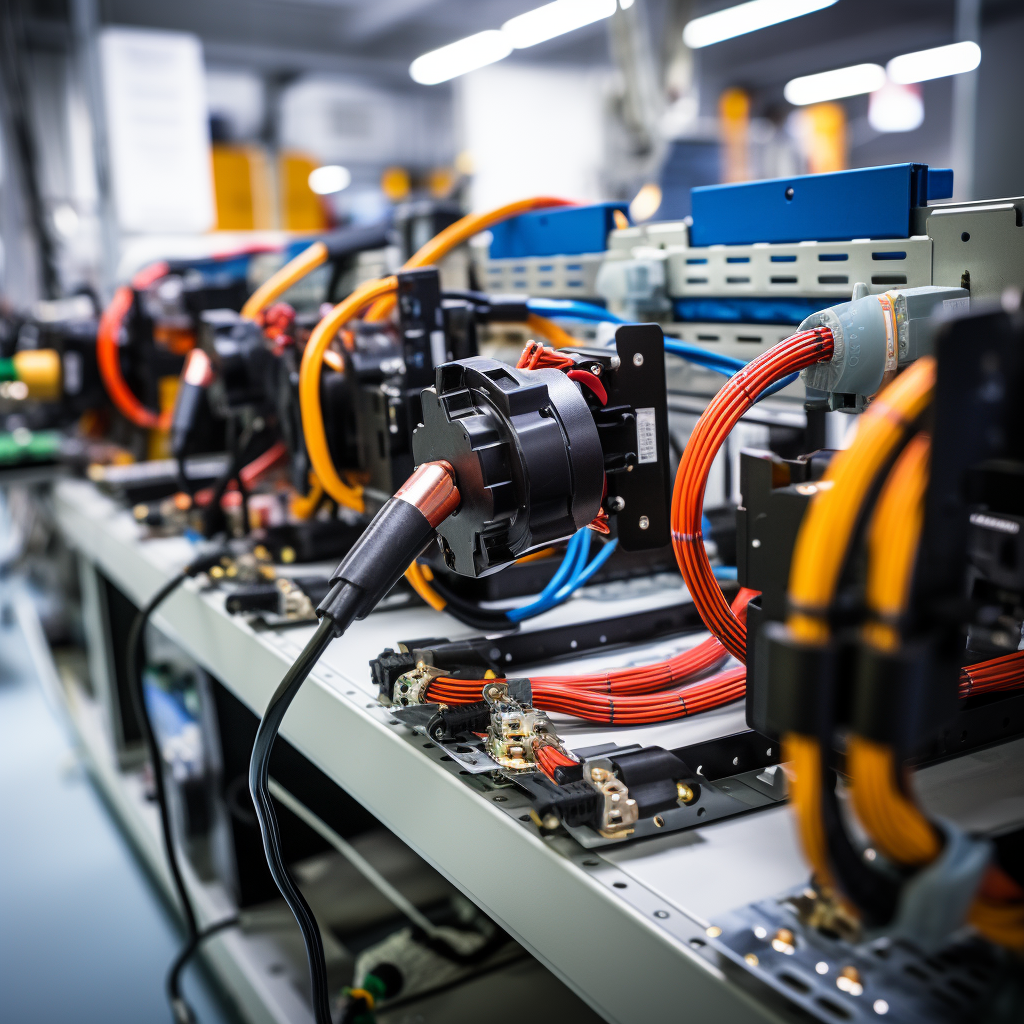Introduction
In the dynamic world of cable assembly, the concept of flexibility is not just about the physical bending of cables. It encompasses the adaptability of design to meet diverse and evolving needs. This blog post delves into why flexibility in cable assembly design is crucial and how it benefits various applications. It’s a guide for engineers, designers, and enthusiasts alike who are looking to understand the significance of this attribute in their projects.
1. Adapting to Space Constraints:
One of the primary reasons flexibility is important in cable assembly design is the need to fit cables into tight or irregular spaces. In industries like aerospace or automotive, where space is a premium, the ability of a cable to bend without damage or loss of functionality is essential.
2. Ensuring Durability in Motion:
Cable assemblies in moving parts need to withstand constant flexing. This is particularly true in robotics, manufacturing equipment, and portable electronics. A flexible design means cables can endure repeated bending and twisting, thereby increasing their lifespan and reliability.
3. Customization for Specific Applications:
Flexibility in design also refers to the ability to customize cable assemblies for specific applications. This includes selecting the right materials, connectors, and shielding based on the environmental conditions and electrical requirements of the end application.
4. Meeting Future-Proofing Needs:
With the rapid pace of technological advancement, designing cable assemblies that are flexible in terms of scalability and upgradability is vital. This foresight in design ensures that the cable assembly can adapt to future modifications or enhancements in the system.
5. Enhancing Installation and Maintenance:
Flexible cable assemblies are easier to install and maintain. They can be routed around obstacles more easily and connected with less hassle, which reduces installation time and costs. Additionally, their durability reduces the need for frequent replacements or repairs.
6. Improving Safety and Performance:
In safety-critical applications, like medical devices or construction equipment, the reliability of cable assemblies is paramount. Flexibility in the design can contribute to overall safety by ensuring consistent performance under various conditions and reducing the risk of cable failure.
7. Environmental and Thermal Considerations:
Flexible cable assemblies are designed to withstand environmental factors such as temperature extremes, moisture, UV exposure, and chemical interactions. This resilience enhances their performance in challenging conditions and extends their usable life.
Conclusion
Flexibility in cable assembly design is a multifaceted concept that plays a crucial role in the functionality, durability, and adaptability of these essential components. Understanding and implementing this aspect of design can lead to significant benefits in a wide range of applications, ensuring that cable assemblies meet both current and future needs.
If you need custom cable assemblies with tailored flexibility for your projects, feel free to contact WiringLabs.




